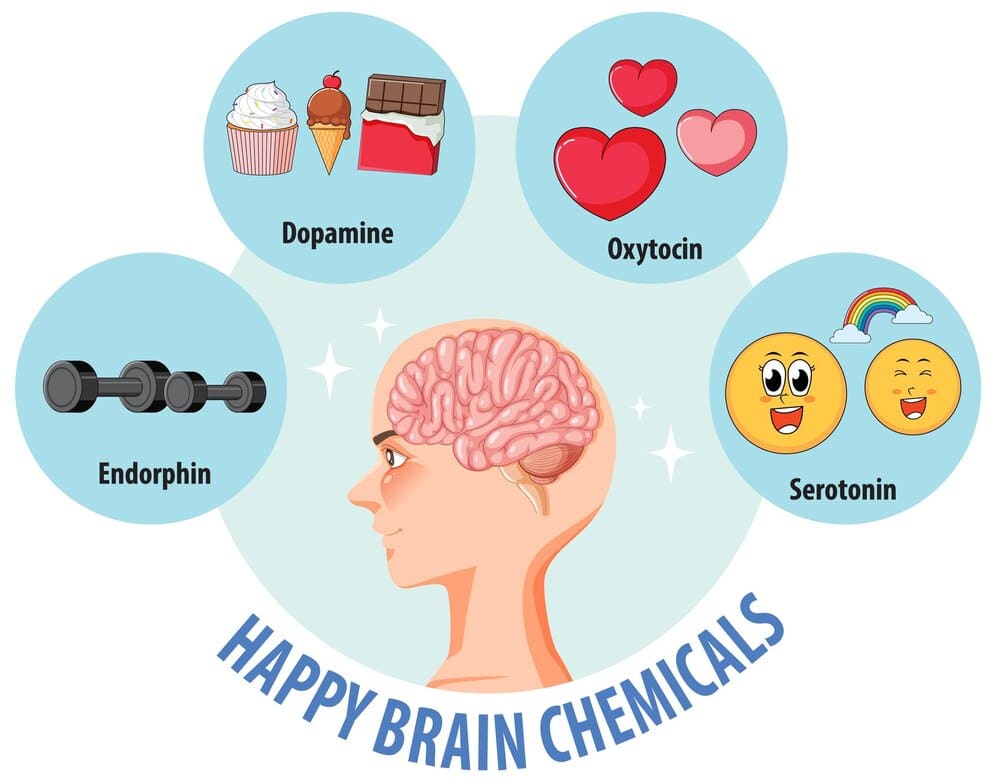Facts about Overweight and Obesity in Seniors
Before we investigate the impact of overweight and obesity on seniors’ health, it’s essential to understand the prevalence and definition of these conditions in older adults.
Prevalence of Obesity among Seniors
Defining Overweight and Obesity in Older Adults
In 2022, about 16% of adults aged 18 years and older worldwide were obese, with the prevalence varying by region. In the Americas Region, for example, 67% of adults were overweight. At the same time, in the WHO South-East Asia Region and the African Region, the prevalence was 31%. Understanding the definition and prevalence of overweight and obesity in older adults is crucial for developing effective strategies to prevent and manage these conditions.
As a senior living in San Diego, CA, it’s essential to be aware of the risks associated with overweight and obesity. At Westmont Living, we’re committed to providing a supportive environment that promotes healthy living and wellness. If you’re concerned about your weight or want to learn more about our services, please don’t hesitate to contact us at 858-456-1233.
Causes of Overweight and Obesity in Seniors
For seniors, the causes of overweight and obesity are multifaceted and interconnected. Understanding these causes is crucial in developing effective strategies for prevention and management.
According to a report by the Population Reference Bureau, Rising Obesity in an Aging America, the prevalence of obesity among older adults is increasing, with significant implications for their health and well-being.
Age-Related Changes in Metabolism
For seniors, age-related changes in metabolism can contribute to weight gain and obesity. As you age, your metabolism slows down, and your body’s ability to burn calories efficiently decreases. This means that even if you eat the same amount of food as you did when you were younger, you may still gain weight.
Sedentary Lifestyle and Lack of Physical Activity
Changes in lifestyle, such as retirement or reduced mobility, can lead to a sedentary lifestyle and a lack of physical activity. This can contribute to weight gain and obesity, as the body does not burn as many calories as it used to.
To make matters worse, a sedentary lifestyle can also lead to a range of other health problems, including decreased muscle mass, reduced bone density, and increased risk of chronic diseases like diabetes and heart disease. As a senior, finding ways to stay physically active is crucial, even if it’s just a short walk each day or some light stretching exercises.
At Westmont Living in San Diego, CA, we understand the importance of addressing obesity and overweight in seniors. Our team is dedicated to providing support and resources to help you maintain a healthy weight and improve your overall well-being. Contact us today at 858-456-1233 to learn more about our services and how we can help you achieve your health goals.
Common Health Consequences
Any discussion about obesity and overweight in seniors would be incomplete without exploring the expected health consequences that come with these conditions. As noted by the Obesity Action Coalition, “Obesity in the Elderly” is a significant concern, particularly among seniors who are already vulnerable to various health issues.
Increased Risk of Chronic Diseases
On top of the immediate health risks, obesity and overweight in seniors can increase the risk of developing chronic diseases, such as type 2 diabetes, heart disease, and certain types of cancer. These conditions can significantly impact your quality of life, making it essential to address obesity and overweight as early as possible.
Mental Health Impacts: Depression and Anxiety
Depression and anxiety are common mental health issues that can arise from obesity and overweight in seniors. The social stigma associated with these conditions can lead to feelings of isolation, low self-esteem, and a general decline in mental well-being.
Impacts on mental health can be far-reaching, affecting not only your emotional state but also your relationships, daily activities, and overall quality of life. It’s crucial to recognize the emotional toll of obesity and overweight and seek support from healthcare professionals, family, and friends.
As a senior living in San Diego, CA, it’s essential to prioritize your health and well-being. At Westmont Living, we understand the importance of addressing obesity and overweight in seniors. Our team is dedicated to providing supportive environments and resources to help you maintain a healthy lifestyle. Contact us at 858-456-1233 to learn more about our services and how we can support you.

Depression and Anxiety
Facing a Double Burden of Malnutrition
Unlike many high-income countries where obesity is often seen as the primary concern, many low- and middle-income countries face a so-called double burden of malnutrition. While these countries continue to deal with the problems of infectious diseases and undernutrition, they are also experiencing a rapid upsurge in noncommunicable disease risk factors such as obesity and overweight.
Coexistence of Overweight and Micronutrient Deficiencies
Any attempts to address obesity in seniors must also consider the coexistence of overweight and micronutrient deficiencies. As you age, your body’s ability to absorb imperative nutrients decreases, making it even more challenging to maintain a healthy weight. This can lead to a vicious cycle of malnutrition, where seniors may be consuming high-calorie foods that are low in imperative nutrients, exacerbating both obesity and micronutrient deficiencies.
Implications for Healthcare Systems
The burden of obesity on healthcare systems is significant, and it’s imperative to acknowledge the impact on seniors’ health. As you age, obesity increases the risk of chronic diseases, such as diabetes, heart disease, and certain types of cancer, which can lead to increased healthcare costs, hospitalizations, and mortality rates.
Facing the double burden of malnutrition, healthcare systems must adapt to address the unique needs of seniors. This may involve integrating nutrition counseling, physical activity programs, and obesity management into primary care services. Additionally, healthcare providers must be equipped to identify and manage comorbidities, such as diabetes and hypertension, which are often linked to obesity. By taking a comprehensive approach, healthcare systems can help seniors achieve a healthy weight, reduce the risk of chronic diseases, and improve overall quality of life.
According to a study published in the National Center for Biotechnology Information, “Obesity in Older Adults: Epidemiology and Implications for Clinical Practice,” obesity in older adults is associated with increased healthcare utilization, costs, and mortality rates. Therefore, it’s crucial to address obesity in seniors to reduce the burden on healthcare systems and improve health outcomes.
Prevention and Management
Once again, it’s vital to emphasize that overweight and obesity are largely preventable and manageable. Healthy habits and conscious lifestyle choices can reduce your risk of developing these conditions and their related noncommunicable diseases.
At the individual level, you can take proactive steps to prevent overweight and obesity by adopting preventive interventions at each life cycle stage. This includes ensuring appropriate weight gain during pregnancy, practicing exclusive breastfeeding, and supporting healthy eating and physical activity habits in children.
Healthy Eating Habits for Seniors
For seniors, focusing on nutrient-dense foods, including fruits, vegetables, whole grains, lean proteins, and healthy fats, is crucial. Aim to limit your consumption of sugar-sweetened beverages, energy-dense foods, and saturated fats. A well-balanced diet can help you maintain a healthy weight, reduce your risk of chronic diseases, and improve your overall quality of life.
Exercise and Physical Activity Recommendations
Regular physical activity can significantly reduce your risk of overweight and obesity. Aim for at least 150 minutes of moderate-intensity aerobic exercise, 75 minutes of vigorous-intensity aerobic exercise, or a combination of both per week. Additionally, incorporate strength training exercises into your routine, focusing on all major muscle groups.
Understanding the importance of physical activity and finding exercises you enjoy and can incorporate into your daily routine is vital. This might include brisk walking, swimming, cycling, or group fitness classes. Remember to start slowly and gradually increase your intensity and duration as you become more comfortable. Consistency is vital, so make physical activity a regular part of your lifestyle.
Adopting these healthy habits and making conscious lifestyle choices can reduce your risk of overweight and obesity, improve your overall health, and enhance your quality of life. At Westmont Living in San Diego, CA, we’re committed to providing seniors with the resources and support they need to maintain a healthy weight and live a fulfilling life. Contact us today at 858-456-1233 to learn more about our services and programs.

Physical Activity Recommendations
WHO Response
To combat the growing issue of obesity and overweight among seniors, the World Health Organization (WHO) has taken several initiatives to address this complex problem.
Global Strategies for Addressing Obesity in Older Adults
One of the key strategies employed by the WHO is to promote healthy aging through a life-course approach, focusing on the prevention and management of obesity across all ages, including older adults.
Supporting Healthcare Providers in Senior Care
One crucial aspect of addressing obesity in older adults is supporting healthcare providers in senior care, enabling them to identify and manage obesity effectively.
Healthcare providers need to receive training and resources to assess the weight and height of older adults, provide counseling on healthy diets and lifestyles, and offer integrated obesity prevention and management health services. This includes guiding healthy eating behaviors, regular physical activity, and medical and surgical measures when necessary. Empowering healthcare providers can ensure that older adults receive the care they need to manage their weight and reduce the risk of related health consequences.
As you age, it is important to take proactive steps to maintain a healthy weight and reduce the risk of obesity-related health issues. At Westmont Living in San Diego, CA, our team provides senior care that prioritizes healthy aging and well-being. Contact us at 858-456-1233 to learn more about our services and how we can support you or your loved one in managing obesity and promoting overall health.














































